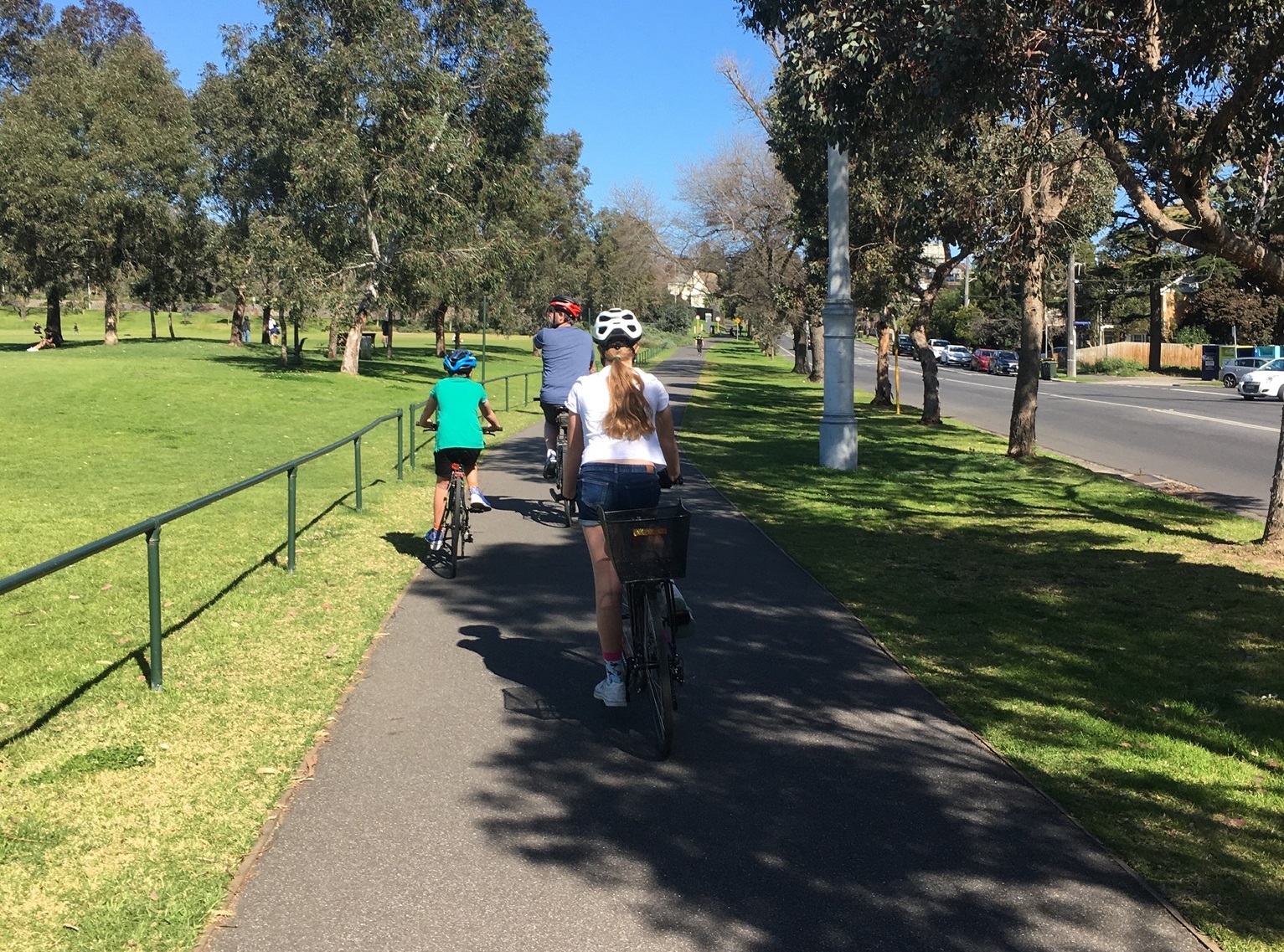
Research from the Discipline of Behavioural Health at Flinders University has identified physical activity as a useful tool in negotiating the difficulties imposed by COVID-19.
“The [physical] activity stuff I think it is … a welcome relief … from the rest of things. A bit of respite,” said one participant, when reflecting on their experience.
The study collected the physical activity experiences of Flinders University students over three months during COVID-19 using Photovoice, which allowed depth of understanding to be developed.
Lead author Dr Candice Oster says the study remains highly relevant as the pandemic continues to affect the day-to-day lives of Australians.
“With restrictions that have been imposed throughout the pandemic, movement and physical activity have become really important. There has been a transformation of how we perceive physical activity. It became a way of connecting with others, an avenue to be adaptable to the situation that COVID-19 presented,” says Dr Oster.
The study took an innovative approach to traditional Photovoice methods, with all engagement conducted online to accommodate ever-changing COVID-19 restrictions.
Nine participating students were asked to take photographs that represented their physical activity experiences during the pandemic and submit their three favourite photos, with a commentary describing their experiences. Online focus group interviews were also conducted to explore the photographs and how they represent students’ experiences. These visual representations have been displayed in an online gallery.
The analysis identified four positive outcomes for students, presenting opportunities for them to:
- Re-engage with people
- Reconnect with places
- Make physical and mental health gains
- Experience moments of joy despite the difficulties of the pandemic.
Participating students explored and embraced new opportunities and gained a deeper appreciation for the things they had taken for granted before the pandemic. A study participant said: “The pandemic didn’t just allow me to become more acquainted to my current forms of physical activity, it also helped me explore new ones.”
The new article, ‘A pathway through the uncanny: A phenomenological photovoice study of Australian university students’ experiences of physical activity during COVID-19’ (2021) by Candice Oster, Claire Skelton, Anthony Venning, Kate Fairweather and Paula Redpath, has been published in Health and Social Care in the community https://doi.org/10.1111/hsc.13659
The online Photovoice gallery “Finding a way” is still available to view here – and the researchers now invite everyone to submit their physical activity photos during COVID-19 to the gallery.

